Scott Engel is in his 12th year as the official Fantasy Football writer and analyst for Seahawks.com. He is an inaugural member of the Fantasy Sports Writers Association's Hall of Fame. Scott is a four-time FSWA award winner and a 12-time nominee. You can find more of his fantasy football analysis at The Game Day and his early 2023 player rankings on RotoBaller.com.
July is the month when many fantasy football players start devoting more attention to their upcoming drafts. The impending opening of NFL training camps is widely considered to be the beginning of the annual fantasy football draft season.
We have the detailed plan to get you ready for upcoming drafts. Our annual 12 Tips for Fantasy Football Success include essential strategic recommendations and advice on how to navigate the draft throughout the process. The insights are based on Points Per Reception (PPR) leagues, yet can apply heavily to other formats, too.
Pete Carroll's mantra is to "Always Compete." These drafting guidelines will set you on a winning path from your first pick until the end of the draft, competing at a high level throughout the roster-building procedure.
NFL Fantasy Draft Strategy: 12 Winning Tips for 2023
1. Make A List For The First Pick: The biggest question fantasy football players always naturally obsess about prior to their draft is which player to take with their first pick. The first-rounder is projected to be your team's most important core player, but having a short list ready prior to making the first-round selection can streamline the preparation process. For example, if you have the sixth overall pick, then list your top six preferred players, and when your turn comes up, simply draft the best player available on your board or in the online queue, which serves as the ideal space to make the list. Those who pick in the first two to three spots are spared much of the suspense, but most fantasy players will have to wait and see who falls to them in round one.
2. Go With The Flow: It is a frequent, and sometimes irresistible exercise to try and project which players may fall to you in the first round. For instance, you may have the eighth pick in the draft and will attempt to guess exactly which player you might take with that first pick, and then go further and try to calculate who you might land in the second round, too.
Don't spend too much time speculating on how things might actually play out in precise detail. Every draft is different and will have its own unique twists and turns. The preferred approach is to have groups of players in mind for each pick and aim to queue up your next batch of targeted players for the upcoming round after you make the previous selection.
3. Have A Loose, Not Rigid Plan: This tip works in tune with the previous recommendation, as to not try and predict how things will work out ahead of time when each draft will have its own distinctive flow of picks. There should be no firm map on which positions to take first. While I recommend focusing mainly on running backs and wide receivers within the first four to five rounds, exceptions can be made to land a premier tight end, as outlined later in this article.
Also, if you are savvy enough to pick off value picks at RB and WR in the middle to later rounds, then aiming for a top QB can be a move that is considered earlier on, as I cover later on here. There is no true set order to draft players by position, and some highly experienced players even opt for extreme draft approaches, such as the Zero RB Strategy or the Zero WR Strategy., in which drafters avoid certain positions early and load up on others.
4. Prepare To Build The Starting Lineup Core: In the first five to six rounds, focus on fleshing out the bulk of your starting lineup based on the requirements. In many leagues, fantasy leaguers will have to start two running backs, three wide receivers, and a flex player. So I always recommend addressing those positions in the first six to seven rounds, making some exceptions for a top tight end or quarterback, although a quality starting QB can often be targeted in the eighth round or later if only one is required. After the starting skill positions are filled out, then the focus can shift to landing depth players, targeting value picks and sleepers, and leaving kickers and defenses for the final picks.
5. Start getting your mock reps in: The best way to prepare for an upcoming draft is to practice for the process. Even though every draft is different, mock drafting will prepare you more for when the actual draft day arrives. Mocking can get one comfortable with the timing and pace of the draft, and will often help you practice working on the second tip in this article, which is to adjust on the run and queue up players for the next round after a selection is made. Anyone can jump into a mock draft at NFL.com at any time, and sites such as RotoBaller feature mock draft simulators, where you can quickly mock draft in a replicated draft environment against computer-generated draft partners.
6. Be aggressive and bold: When some fantasy leaguers participate in higher-stakes formats, such as the Fantasy Football Players Championship (FFPC) or the National Fantasy Football Championship (NFFC), they often draft preferred players before when consensus rankings or Average Draft Positions might dictate where guys are usually picked. Take that sort of approach into your own drafts.
If one wants a better chance to draft Jaxon Smith-Njigba because they strongly believe he will have a breakout fantasy season as a rookie, then by all means a fantasy player should not hesitate to take him as a third WR, when he will often be drafted as a fourth WR. Such bold decisions can be difference-making moves, and better ensure that the player desired actually ends up on the drafted roster.
7. Don't Get Caught Up In Looking Backwards And Too Far Forward: Three widely employed draft drills that I mostly avoid getting caught up in are schedule analysis, making decisions based on the fantasy playoffs, and rigidly planning for bye weeks. So much changes in the NFL and fantasy football from year to year and schedule analysis is usually based on the previous season. The fantasy playoffs happen late in the NFL regular season, and projecting player outlooks and trends so far in advance can often be a futile exercise. As for bye weeks, consider that trades, injuries, and waiver adds are among the factors that can drastically alter your roster before the bye weeks actually arrive.
8. Don't Be A Homer: Always pick the player that best fits your needs at every point in the draft, over fan favorites, whether they are from the Seahawks or another team. Rooting for players won't boost their fantasy performances. Cheering against them won't stop them from compiling statistics either, so do not avoid players from teams you root against. Being a fan and managing a fantasy team are separate endeavors.
9. Don't Wait Too Long For A Tight End: At the thinnest position in fantasy football, it is a good approach to draft one of the top six to seven ranked players, as TE is often filled with much unpredictability and statistical inconsistency. Travis Kelce is well worth a first-round pick, as he averaged 18.6 fantasy points per game last season, while George Kittle ranked second at 13.4 points per game.
Only eight TEs averaged 10-plus fantasy points per game in 2022, and fantasy players who did not roster a player in that average scoring range usually didn't employ a regular starter at the position. There is a drop-off at tight end after Kelce is picked, but the better TEs can then be targeted anywhere from the third to sixth rounds or so.
10. Quarterback Is Still Deep: There are approximately 15 or so QBs that are comfortable starters this season. The top four of Patrick Mahomes, Josh Allen, Jalen Hurts, and Joe Burrow will be usually be taken in the first four rounds of leagues where one starting QB is required. But if one waits for value types, then Dak Prescott, Tua Tagovailoa, and Daniel Jones will usually be available after the sixth round. Colts rookie Anthony Richardson may emerge as a QB1 because of his tremendous rushing promise, and he should also fall into a similar range of availability.
Geno Smith finished as QB5 last season and he will be available outside the top 12 QBs in many drafts this season. The Seahawks starter will at least be a top-notch streaming option in 2023 fantasy football leagues.
11. Stay Cool And Focused: If a player that you are targeting gets picked right before your turn, don't fret about getting "sniped". Having groups of players queued up will allow for simply moving on to the next preferred selection. Be confident about the team you drafted. If good preparation was done and a fantasy player came into the draft well-prepared and updated on the latest player news, then the best possible drafting job was likely executed. Don't start heavily second-guessing yourself during and after the draft.
12. Drafting Is Only The Beginning: Drafting a fantasy team is only the first step on the road to a potential fantasy championship. Don't get too attached to the full roster that is drafted because it's going to change a lot during the season. Injuries, waiver moves, and trades will shift the weekly outlook of a roster throughout the season. The drafted roster is the foundation of the team, but how it is managed throughout the season is what truly determines fantasy success.
Seahawks quarterback Geno Smith hosted the 2023 Seattle All-Star Classic which featured current Seahawks, Seahawk legends, and other local celebrities. The athletes and celebrities competed in a home run derby and a softball game at Cheney Stadium in Tacoma, WA on June 24, 2023.

Seahawks quarterback Geno Smith hosted the 2023 Seattle All-Star Classic on June 24, 2023 at Cheney Stadium.

Seahawks quarterback Geno Smith hosted the 2023 Seattle All-Star Classic on June 24, 2023 at Cheney Stadium.

Seahawks quarterback Geno Smith hosted the 2023 Seattle All-Star Classic on June 24, 2023 at Cheney Stadium.

Seahawks quarterback Geno Smith hosted the 2023 Seattle All-Star Classic on June 24, 2023 at Cheney Stadium.

Seahawks quarterback Geno Smith hosted the 2023 Seattle All-Star Classic on June 24, 2023 at Cheney Stadium.

Seahawks quarterback Geno Smith hosted the 2023 Seattle All-Star Classic on June 24, 2023 at Cheney Stadium.
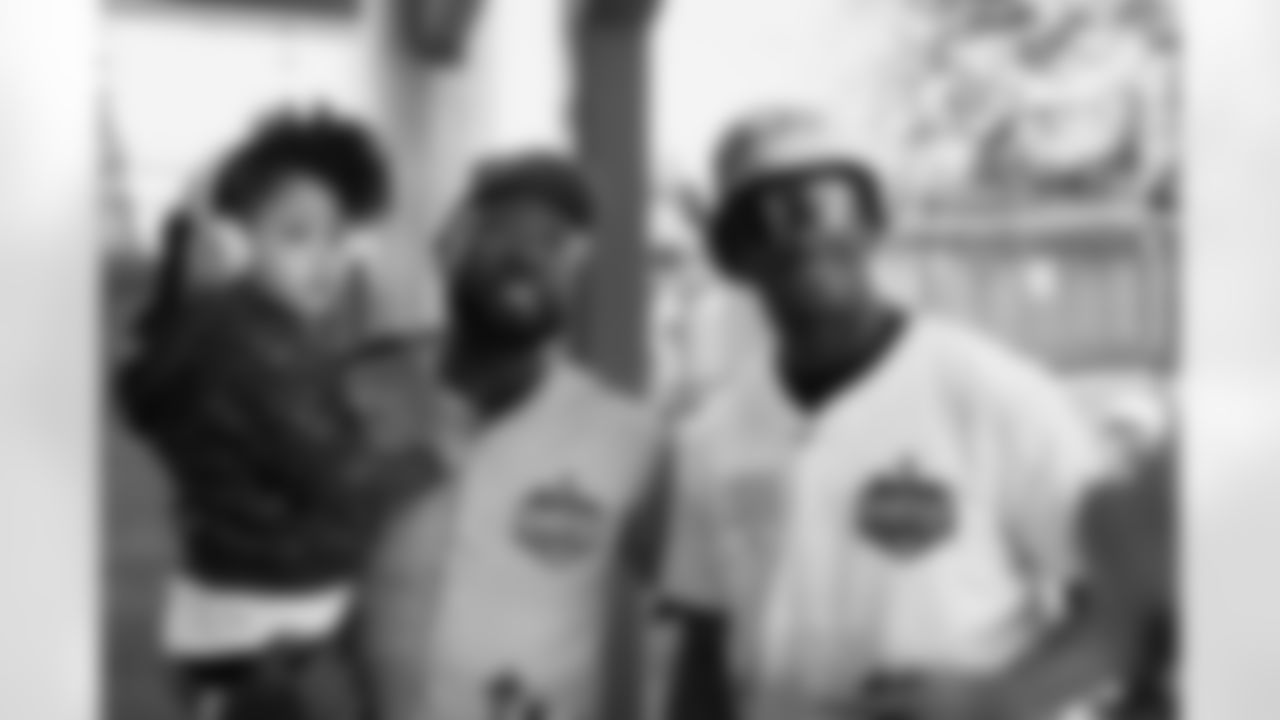
Seahawks quarterback Geno Smith hosted the 2023 Seattle All-Star Classic on June 24, 2023 at Cheney Stadium.

Seahawks quarterback Geno Smith hosted the 2023 Seattle All-Star Classic on June 24, 2023 at Cheney Stadium.
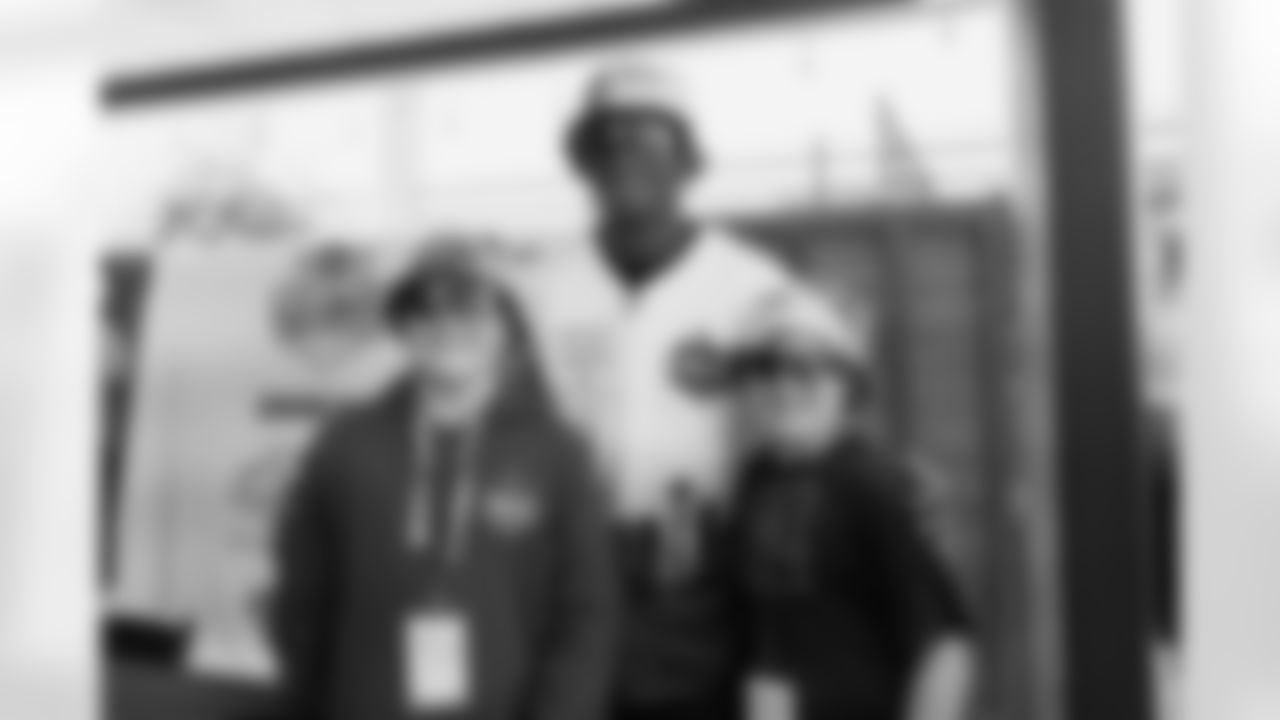
Seahawks quarterback Geno Smith hosted the 2023 Seattle All-Star Classic on June 24, 2023 at Cheney Stadium.

Seahawks quarterback Geno Smith hosted the 2023 Seattle All-Star Classic on June 24, 2023 at Cheney Stadium.

Seahawks quarterback Geno Smith hosted the 2023 Seattle All-Star Classic on June 24, 2023 at Cheney Stadium.

Seahawks quarterback Geno Smith hosted the 2023 Seattle All-Star Classic on June 24, 2023 at Cheney Stadium.

Seahawks quarterback Geno Smith hosted the 2023 Seattle All-Star Classic on June 24, 2023 at Cheney Stadium.

Seahawks quarterback Geno Smith hosted the 2023 Seattle All-Star Classic on June 24, 2023 at Cheney Stadium.

Seahawks quarterback Geno Smith hosted the 2023 Seattle All-Star Classic on June 24, 2023 at Cheney Stadium.

Seahawks quarterback Geno Smith hosted the 2023 Seattle All-Star Classic on June 24, 2023 at Cheney Stadium.

Seahawks quarterback Geno Smith hosted the 2023 Seattle All-Star Classic on June 24, 2023 at Cheney Stadium.

Seahawks quarterback Geno Smith hosted the 2023 Seattle All-Star Classic on June 24, 2023 at Cheney Stadium.

Seahawks quarterback Geno Smith hosted the 2023 Seattle All-Star Classic on June 24, 2023 at Cheney Stadium.

Seahawks quarterback Geno Smith hosted the 2023 Seattle All-Star Classic on June 24, 2023 at Cheney Stadium.

Seahawks quarterback Geno Smith hosted the 2023 Seattle All-Star Classic on June 24, 2023 at Cheney Stadium.

Seahawks quarterback Geno Smith hosted the 2023 Seattle All-Star Classic on June 24, 2023 at Cheney Stadium.

Seahawks quarterback Geno Smith hosted the 2023 Seattle All-Star Classic on June 24, 2023 at Cheney Stadium.

Seahawks quarterback Geno Smith hosted the 2023 Seattle All-Star Classic on June 24, 2023 at Cheney Stadium.

Seahawks quarterback Geno Smith hosted the 2023 Seattle All-Star Classic on June 24, 2023 at Cheney Stadium.

Seahawks quarterback Geno Smith hosted the 2023 Seattle All-Star Classic on June 24, 2023 at Cheney Stadium.

Seahawks quarterback Geno Smith hosted the 2023 Seattle All-Star Classic on June 24, 2023 at Cheney Stadium.

Seahawks quarterback Geno Smith hosted the 2023 Seattle All-Star Classic on June 24, 2023 at Cheney Stadium.

Seahawks quarterback Geno Smith hosted the 2023 Seattle All-Star Classic on June 24, 2023 at Cheney Stadium.

Seahawks quarterback Geno Smith hosted the 2023 Seattle All-Star Classic on June 24, 2023 at Cheney Stadium.

Seahawks quarterback Geno Smith hosted the 2023 Seattle All-Star Classic on June 24, 2023 at Cheney Stadium.

Seahawks quarterback Geno Smith hosted the 2023 Seattle All-Star Classic on June 24, 2023 at Cheney Stadium.

Seahawks quarterback Geno Smith hosted the 2023 Seattle All-Star Classic on June 24, 2023 at Cheney Stadium.

Seahawks quarterback Geno Smith hosted the 2023 Seattle All-Star Classic on June 24, 2023 at Cheney Stadium.

Seahawks quarterback Geno Smith hosted the 2023 Seattle All-Star Classic on June 24, 2023 at Cheney Stadium.

Seahawks quarterback Geno Smith hosted the 2023 Seattle All-Star Classic on June 24, 2023 at Cheney Stadium.

Seahawks quarterback Geno Smith hosted the 2023 Seattle All-Star Classic on June 24, 2023 at Cheney Stadium.
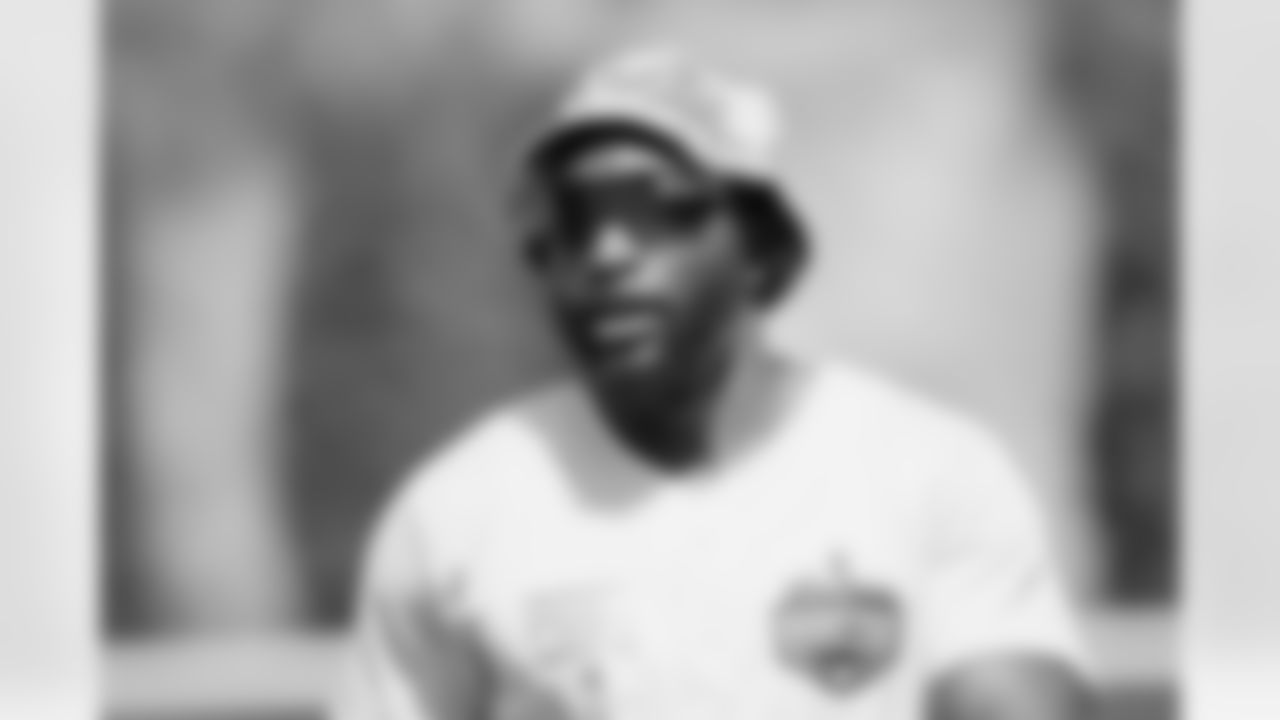
Seahawks quarterback Geno Smith hosted the 2023 Seattle All-Star Classic on June 24, 2023 at Cheney Stadium.

Seahawks quarterback Geno Smith hosted the 2023 Seattle All-Star Classic on June 24, 2023 at Cheney Stadium.

Seahawks quarterback Geno Smith hosted the 2023 Seattle All-Star Classic on June 24, 2023 at Cheney Stadium.

Seahawks quarterback Geno Smith hosted the 2023 Seattle All-Star Classic on June 24, 2023 at Cheney Stadium.

Seahawks quarterback Geno Smith hosted the 2023 Seattle All-Star Classic on June 24, 2023 at Cheney Stadium.

Seahawks quarterback Geno Smith hosted the 2023 Seattle All-Star Classic on June 24, 2023 at Cheney Stadium.

Seahawks quarterback Geno Smith hosted the 2023 Seattle All-Star Classic on June 24, 2023 at Cheney Stadium.

Seahawks quarterback Geno Smith hosted the 2023 Seattle All-Star Classic on June 24, 2023 at Cheney Stadium.

Seahawks quarterback Geno Smith hosted the 2023 Seattle All-Star Classic on June 24, 2023 at Cheney Stadium.

Seahawks quarterback Geno Smith hosted the 2023 Seattle All-Star Classic on June 24, 2023 at Cheney Stadium.

Seahawks quarterback Geno Smith hosted the 2023 Seattle All-Star Classic on June 24, 2023 at Cheney Stadium.

Seahawks quarterback Geno Smith hosted the 2023 Seattle All-Star Classic on June 24, 2023 at Cheney Stadium.

Seahawks quarterback Geno Smith hosted the 2023 Seattle All-Star Classic on June 24, 2023 at Cheney Stadium.

Seahawks quarterback Geno Smith hosted the 2023 Seattle All-Star Classic on June 24, 2023 at Cheney Stadium.

Seahawks quarterback Geno Smith hosted the 2023 Seattle All-Star Classic on June 24, 2023 at Cheney Stadium.

Seahawks quarterback Geno Smith hosted the 2023 Seattle All-Star Classic on June 24, 2023 at Cheney Stadium.

Seahawks quarterback Geno Smith hosted the 2023 Seattle All-Star Classic on June 24, 2023 at Cheney Stadium.

Seahawks quarterback Geno Smith hosted the 2023 Seattle All-Star Classic on June 24, 2023 at Cheney Stadium.

Seahawks quarterback Geno Smith hosted the 2023 Seattle All-Star Classic on June 24, 2023 at Cheney Stadium.

Seahawks quarterback Geno Smith hosted the 2023 Seattle All-Star Classic on June 24, 2023 at Cheney Stadium.

Seahawks quarterback Geno Smith hosted the 2023 Seattle All-Star Classic on June 24, 2023 at Cheney Stadium.

Seahawks quarterback Geno Smith hosted the 2023 Seattle All-Star Classic on June 24, 2023 at Cheney Stadium.

Seahawks quarterback Geno Smith hosted the 2023 Seattle All-Star Classic on June 24, 2023 at Cheney Stadium.
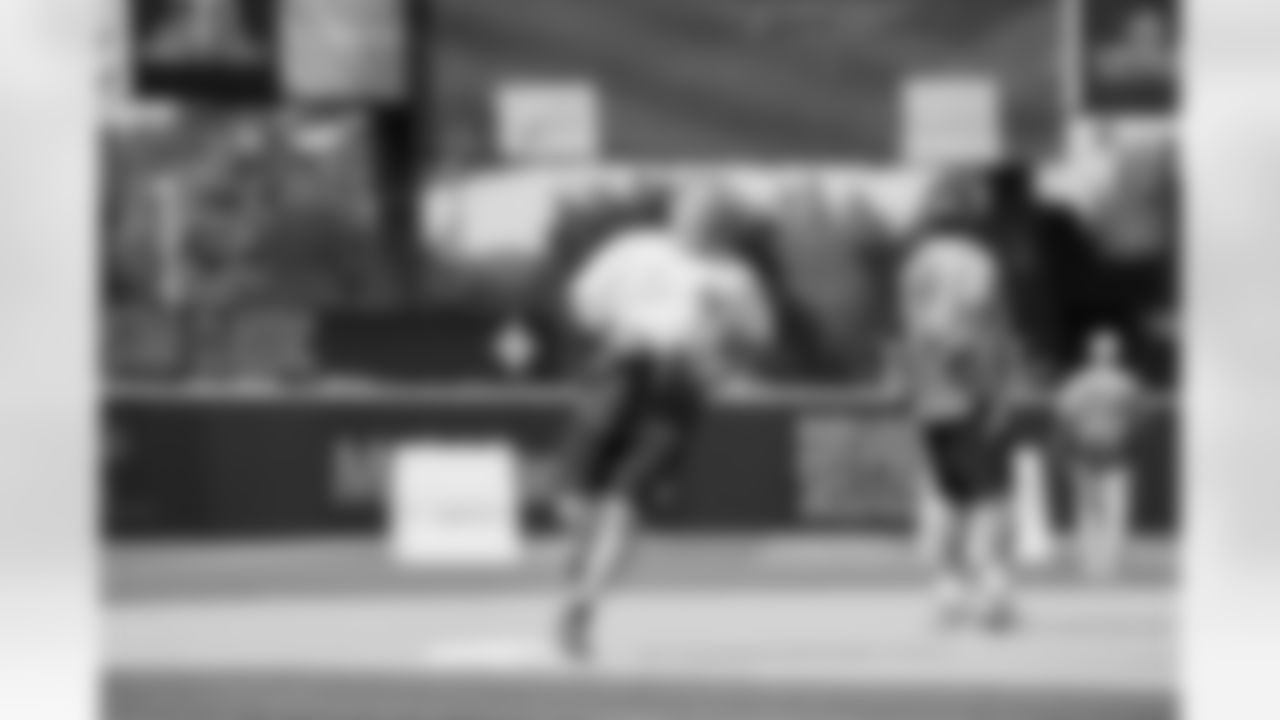
Seahawks quarterback Geno Smith hosted the 2023 Seattle All-Star Classic on June 24, 2023 at Cheney Stadium.

Seahawks quarterback Geno Smith hosted the 2023 Seattle All-Star Classic on June 24, 2023 at Cheney Stadium.

Seahawks quarterback Geno Smith hosted the 2023 Seattle All-Star Classic on June 24, 2023 at Cheney Stadium.
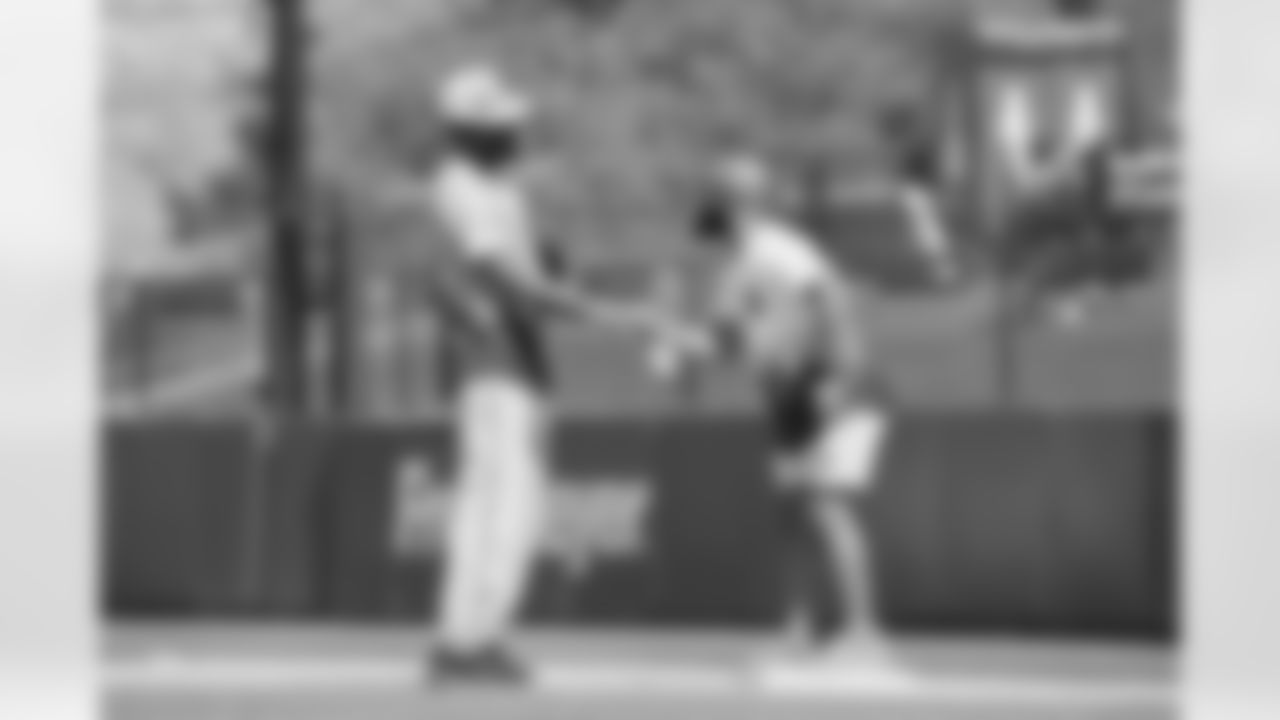
Seahawks quarterback Geno Smith hosted the 2023 Seattle All-Star Classic on June 24, 2023 at Cheney Stadium.

Seahawks quarterback Geno Smith hosted the 2023 Seattle All-Star Classic on June 24, 2023 at Cheney Stadium.

Seahawks quarterback Geno Smith hosted the 2023 Seattle All-Star Classic on June 24, 2023 at Cheney Stadium.

Seahawks quarterback Geno Smith hosted the 2023 Seattle All-Star Classic on June 24, 2023 at Cheney Stadium.

Seahawks quarterback Geno Smith hosted the 2023 Seattle All-Star Classic on June 24, 2023 at Cheney Stadium.

Seahawks quarterback Geno Smith hosted the 2023 Seattle All-Star Classic on June 24, 2023 at Cheney Stadium.

Seahawks quarterback Geno Smith hosted the 2023 Seattle All-Star Classic on June 24, 2023 at Cheney Stadium.

Seahawks quarterback Geno Smith hosted the 2023 Seattle All-Star Classic on June 24, 2023 at Cheney Stadium.

Seahawks quarterback Geno Smith hosted the 2023 Seattle All-Star Classic on June 24, 2023 at Cheney Stadium.

Seahawks quarterback Geno Smith hosted the 2023 Seattle All-Star Classic on June 24, 2023 at Cheney Stadium.

Seahawks quarterback Geno Smith hosted the 2023 Seattle All-Star Classic on June 24, 2023 at Cheney Stadium.

Seahawks quarterback Geno Smith hosted the 2023 Seattle All-Star Classic on June 24, 2023 at Cheney Stadium.

Seahawks quarterback Geno Smith hosted the 2023 Seattle All-Star Classic on June 24, 2023 at Cheney Stadium.

Seahawks quarterback Geno Smith hosted the 2023 Seattle All-Star Classic on June 24, 2023 at Cheney Stadium.

Seahawks quarterback Geno Smith hosted the 2023 Seattle All-Star Classic on June 24, 2023 at Cheney Stadium.

Seahawks quarterback Geno Smith hosted the 2023 Seattle All-Star Classic on June 24, 2023 at Cheney Stadium.

Seahawks quarterback Geno Smith hosted the 2023 Seattle All-Star Classic on June 24, 2023 at Cheney Stadium.

Seahawks quarterback Geno Smith hosted the 2023 Seattle All-Star Classic on June 24, 2023 at Cheney Stadium.

Seahawks quarterback Geno Smith hosted the 2023 Seattle All-Star Classic on June 24, 2023 at Cheney Stadium.

Seahawks quarterback Geno Smith hosted the 2023 Seattle All-Star Classic on June 24, 2023 at Cheney Stadium.

Seahawks quarterback Geno Smith hosted the 2023 Seattle All-Star Classic on June 24, 2023 at Cheney Stadium.

Seahawks quarterback Geno Smith hosted the 2023 Seattle All-Star Classic on June 24, 2023 at Cheney Stadium.

Seahawks quarterback Geno Smith hosted the 2023 Seattle All-Star Classic on June 24, 2023 at Cheney Stadium.

Seahawks quarterback Geno Smith hosted the 2023 Seattle All-Star Classic on June 24, 2023 at Cheney Stadium.

Seahawks quarterback Geno Smith hosted the 2023 Seattle All-Star Classic on June 24, 2023 at Cheney Stadium.

Seahawks quarterback Geno Smith hosted the 2023 Seattle All-Star Classic on June 24, 2023 at Cheney Stadium.

Seahawks quarterback Geno Smith hosted the 2023 Seattle All-Star Classic on June 24, 2023 at Cheney Stadium.

Seahawks quarterback Geno Smith hosted the 2023 Seattle All-Star Classic on June 24, 2023 at Cheney Stadium.

Seahawks quarterback Geno Smith hosted the 2023 Seattle All-Star Classic on June 24, 2023 at Cheney Stadium.
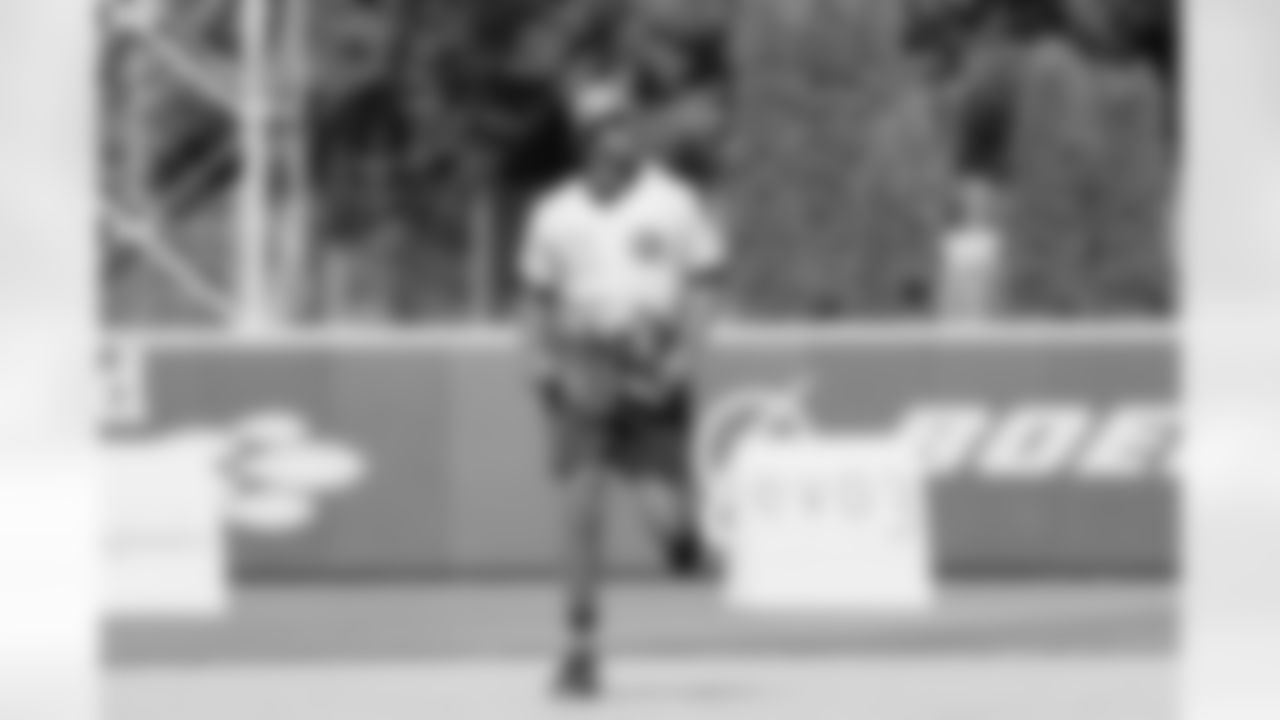
Seahawks quarterback Geno Smith hosted the 2023 Seattle All-Star Classic on June 24, 2023 at Cheney Stadium.

Seahawks quarterback Geno Smith hosted the 2023 Seattle All-Star Classic on June 24, 2023 at Cheney Stadium.

Seahawks quarterback Geno Smith hosted the 2023 Seattle All-Star Classic on June 24, 2023 at Cheney Stadium.

Seahawks quarterback Geno Smith hosted the 2023 Seattle All-Star Classic on June 24, 2023 at Cheney Stadium.
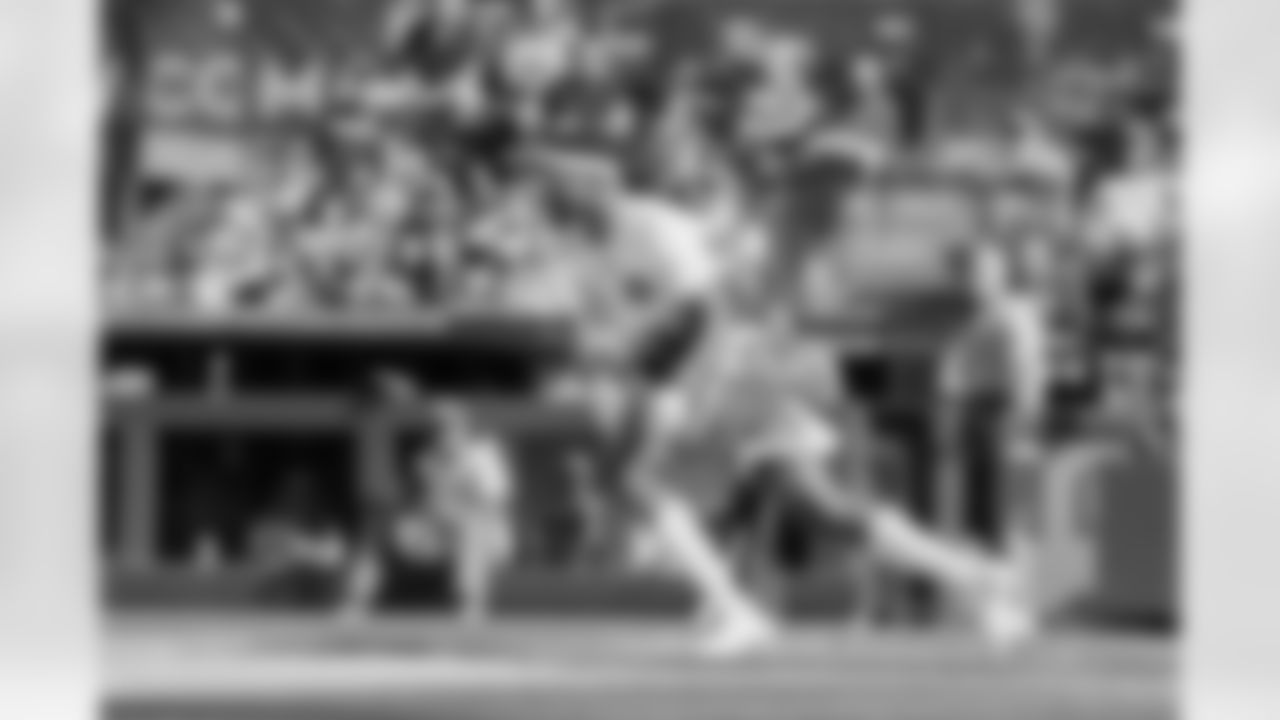
Seahawks quarterback Geno Smith hosted the 2023 Seattle All-Star Classic on June 24, 2023 at Cheney Stadium.

Seahawks quarterback Geno Smith hosted the 2023 Seattle All-Star Classic on June 24, 2023 at Cheney Stadium.

Seahawks quarterback Geno Smith hosted the 2023 Seattle All-Star Classic on June 24, 2023 at Cheney Stadium.

Seahawks quarterback Geno Smith hosted the 2023 Seattle All-Star Classic on June 24, 2023 at Cheney Stadium.

Seahawks quarterback Geno Smith hosted the 2023 Seattle All-Star Classic on June 24, 2023 at Cheney Stadium.

Seahawks quarterback Geno Smith hosted the 2023 Seattle All-Star Classic on June 24, 2023 at Cheney Stadium.

Seahawks quarterback Geno Smith hosted the 2023 Seattle All-Star Classic on June 24, 2023 at Cheney Stadium.

Seahawks quarterback Geno Smith hosted the 2023 Seattle All-Star Classic on June 24, 2023 at Cheney Stadium.

Seahawks quarterback Geno Smith hosted the 2023 Seattle All-Star Classic on June 24, 2023 at Cheney Stadium.

Seahawks quarterback Geno Smith hosted the 2023 Seattle All-Star Classic on June 24, 2023 at Cheney Stadium.

Seahawks quarterback Geno Smith hosted the 2023 Seattle All-Star Classic on June 24, 2023 at Cheney Stadium.















